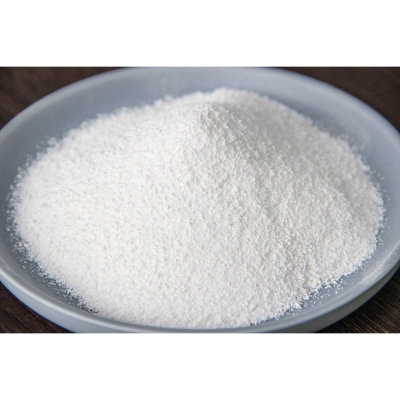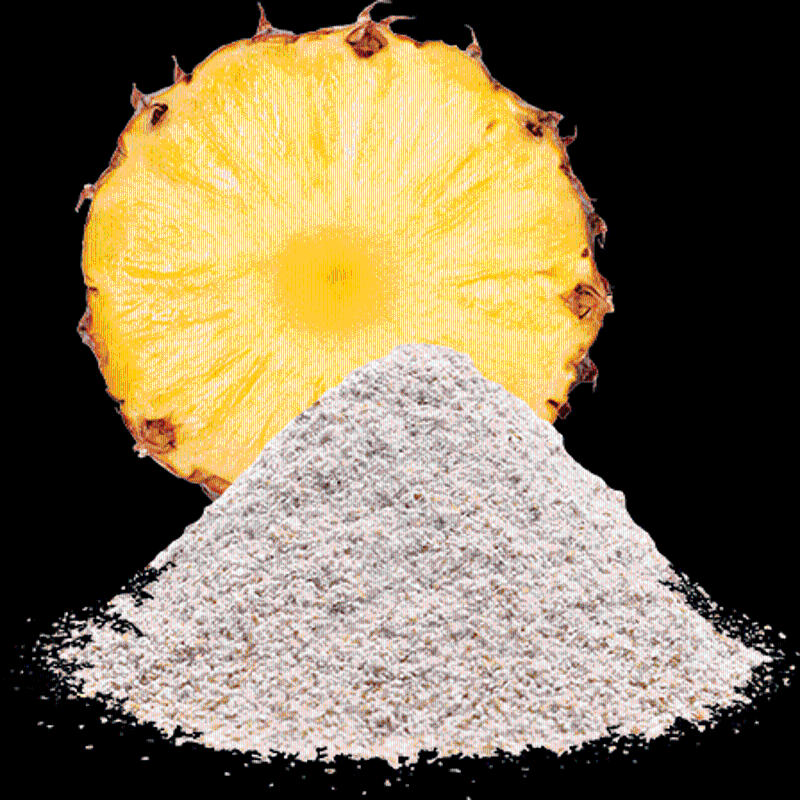-
Categories
-
Pharmaceutical Intermediates
-
Active Pharmaceutical Ingredients
-
Food Additives
- Industrial Coatings
- Agrochemicals
- Dyes and Pigments
- Surfactant
- Flavors and Fragrances
- Chemical Reagents
- Catalyst and Auxiliary
- Natural Products
- Inorganic Chemistry
-
Organic Chemistry
-
Biochemical Engineering
- Analytical Chemistry
-
Cosmetic Ingredient
- Water Treatment Chemical
-
Pharmaceutical Intermediates
Promotion
ECHEMI Mall
Wholesale
Weekly Price
Exhibition
News
-
Trade Service
News from this newspaper, researchers from the Key Laboratory of Biomass Chemical Engineering, Ministry of Education, School of Chemical Engineering and Bioengineering, Zhejiang University recently released a method for high-density production of vitamin E tocotrienols using Saccharomyces cerevisiae
Vitamin E is an essential nutrient in the human diet, with functions such as scavenging free radicals and anti-aging
In order to make tocotrienols more accessible, the researchers referred to the synthesis pathway of vitamin E in photosynthetic organisms, and appropriately truncated the transit peptide from plant-derived enzymes to improve protein expression, and combined with the endogenous shikimate pathway of Saccharomyces cerevisiae and mevalonate pathway, constructed an engineered strain of Saccharomyces cerevisiae producing vitamin
Assays showed that the engineered yeast could produce up to 7.
This method reveals the potential of microbial fermentation to produce vitamin E through the high-density fermentation principle of engineered yeast, which makes vitamin E more efficient and convenient to produce and further reduces the cost of industrial production of vitamin
(Source: China Biotechnology Network)







